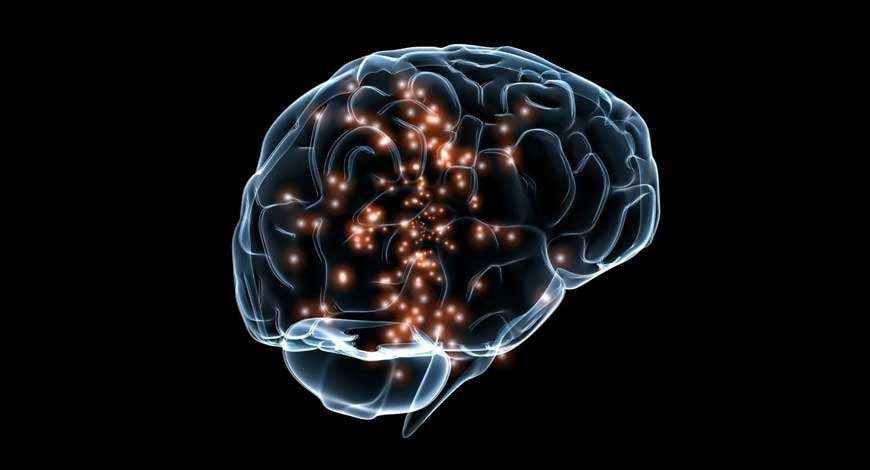Scientists have recently demonstrated that a special
nanomaterial called Graphitic Carbon Nitride (g-C₃N₄) can stimulate brain cells
without the need for electrodes, lasers, or magnetic devices. This breakthrough
is considered a major achievement in the fields of neuroscience and
nanotechnology.This pioneering research published in the peer-reviewed journal
ACS Applied Materials & Interfaces. The findings, published in ACS Applied
Materials & Interfaces, show that graphitic carbon nitride promotes neuron
growth, maturation, and communication by harnessing the brain’s own electrical
activity.
Key Findings
¨
The findings offer a
promising non-invasive alternative for treating brain disorders like
Parkinson’s and Alzheimer’s diseases, which are on the rise globally with
ageing populations.
¨
The material boosted
dopamine production in lab-grown brain-like cells and reduced toxic proteins
linked to Parkinson’s disease in animal models.
¨
Graphitic carbon nitride
can naturally “talk” to neurons.
¨
When placed near nerve
cells, it generates minute electric fields in response to the brain’s voltage
signals.
¨
These fields open calcium
channels on neurons, stimulating growth and strengthening connections between
cells, without the need for any external device.
Potential Applications
¨
Neurological Therapy:
This could be used to restore lost functions in patients with neurodegenerative
diseases.
¨
Brain–Computer Interfaces
(BCIs): It offers a safer, minimally invasive pathway for developing
next-generation BCIs.
¨
Drug-Free Stimulation: It
reduces reliance on pharmaceuticals for certain brain-related conditions.
Advantages Over Conventional
Methods
¨
Non-invasive: It
eliminates surgical risks associated with deep brain stimulation.
¨
Cost-effective: It is
potentially cheaper than electrode- or magnet-based devices.
¨
Scalable: It can be
adapted for large-scale clinical use in future.
Graphitic Carbon Nitride
(g-C₃N₄)
¨
Identification: It is
identified by scientists at the Institute of Nano Science and Technology
(INST), an autonomous institute under the Department of Science and Technology
(DST).
¨
Structure: A stacked
two-dimensional material with tris-triazine-based patterns, containing carbon
and nitrogen atoms.
¨
Electronic Properties:
Electron-rich, with nitrogen atoms contributing to the valance band and
carbon/nitrogen atoms contributing to the conduction band, allowing for visible
light absorption.
¨
Stability: High physical,
chemical, and thermal stability, along with high abrasion resistance and
hardness.




